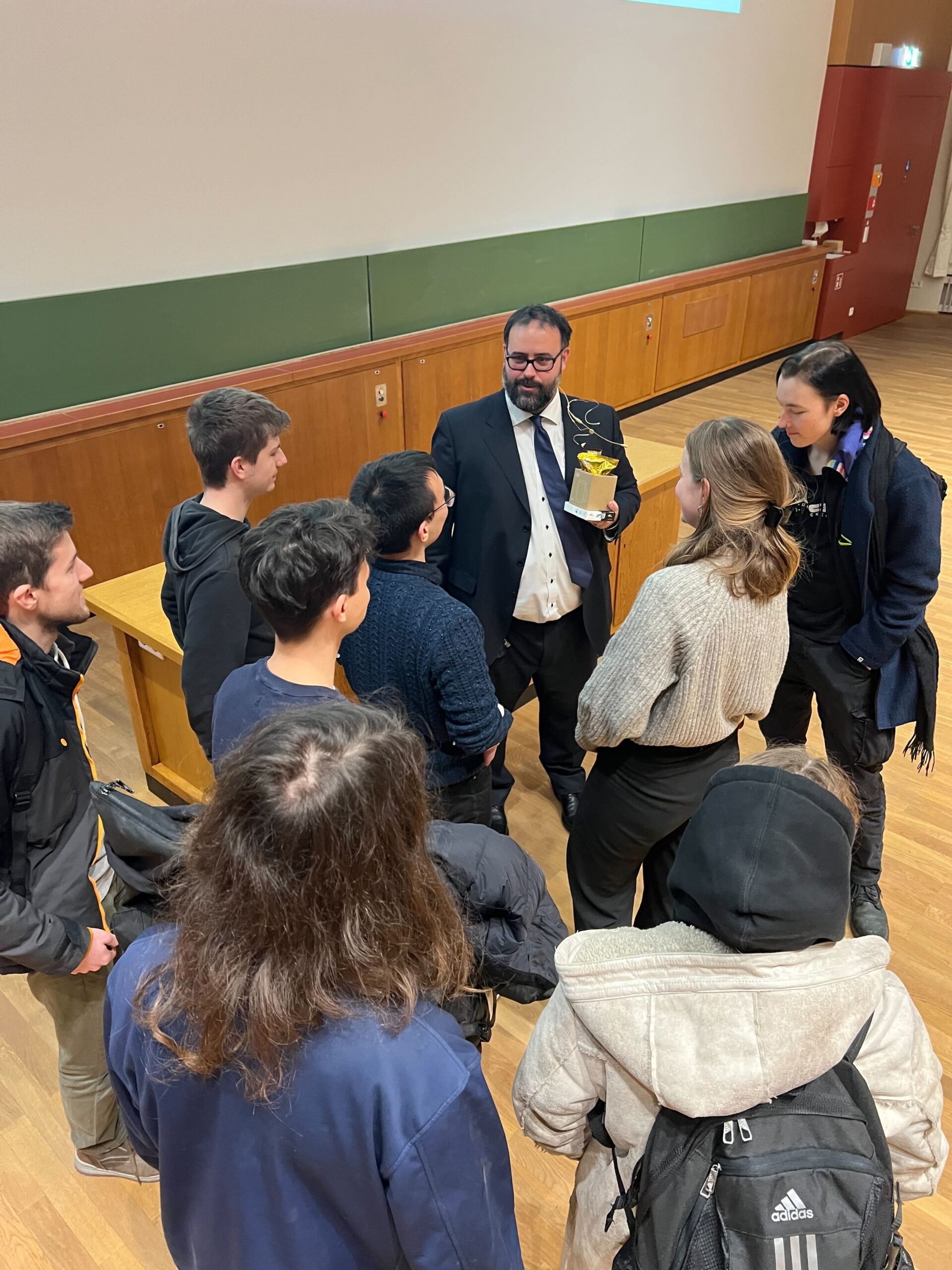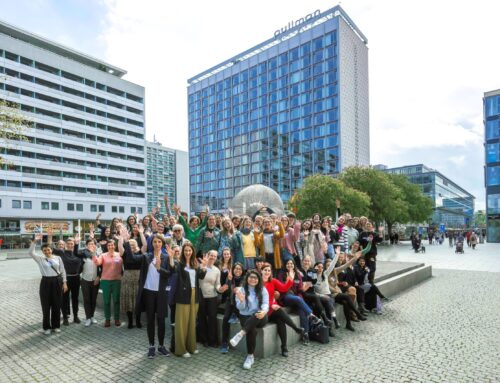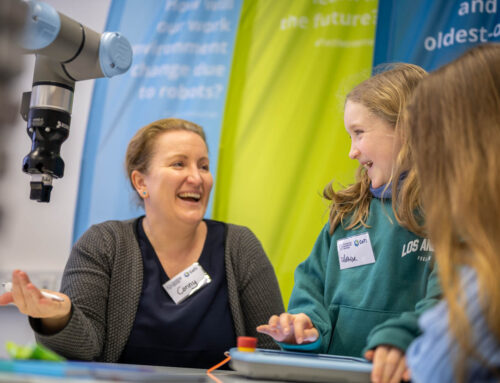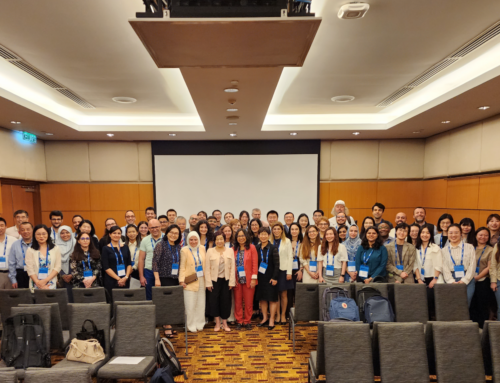Prof. Roberto Calandra, Chair of Explainable Artificial Intelligence, delivered an inaugural lecture yesterday that delved into the fascinating world of making robots more practical for our daily lives. The discussion focused on revolutionary haptic sensing capabilities and advanced artificial intelligence algorithms, paving the way for a future where robots will become smarter and more indispensable.
One of the highlights of Prof. Calandra’s lecture was the emphasis on haptic sensing capabilities. This innovation represents a significant step forward in enabling robots to interact with their surroundings in a manner more similar to human touch. Imagine a robot capable of sensing and understanding the texture of objects, enhancing its ability to navigate and manipulate its surroundings with precision and finesse. Tactile sensing opens the door to a myriad of applications, from manufacturing to healthcare to everyday activities in our homes.
The conference also delved into the advanced artificial intelligence algorithms that are advancing the field. These algorithms not only make robots smarter, but also contribute to their ability to learn and adapt in real time. Prof. Calandra emphasised the importance of Explainable Artificial Intelligence (XAI), which ensures that the decisions and actions of robots are transparent and understandable to humans. This transparency is crucial to create trust and acceptance when we integrate these intelligent machines into our daily lives.
The synergy between technology and innovation illustrated at the conference paints a promising future for the robotics industry. With the convergence of haptic sensors, advanced artificial intelligence and deployability, we are on the verge of a new era in which robots integrate seamlessly into our lives, making them more practical and useful companions.
🔗 If you missed the conference, I recommend you watch it: https://www.youtube.com/watch?v=G4NwM33TQoM





















